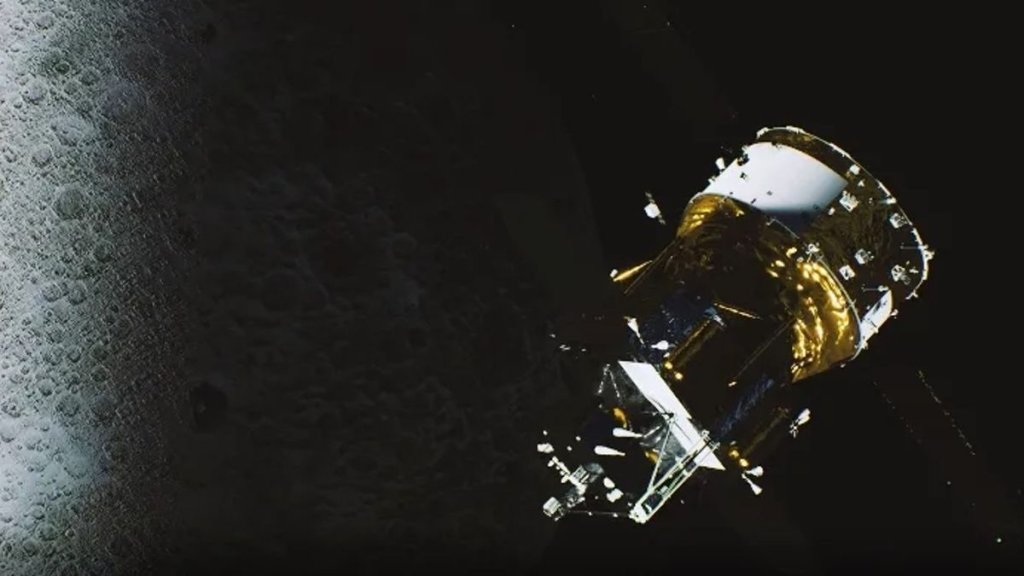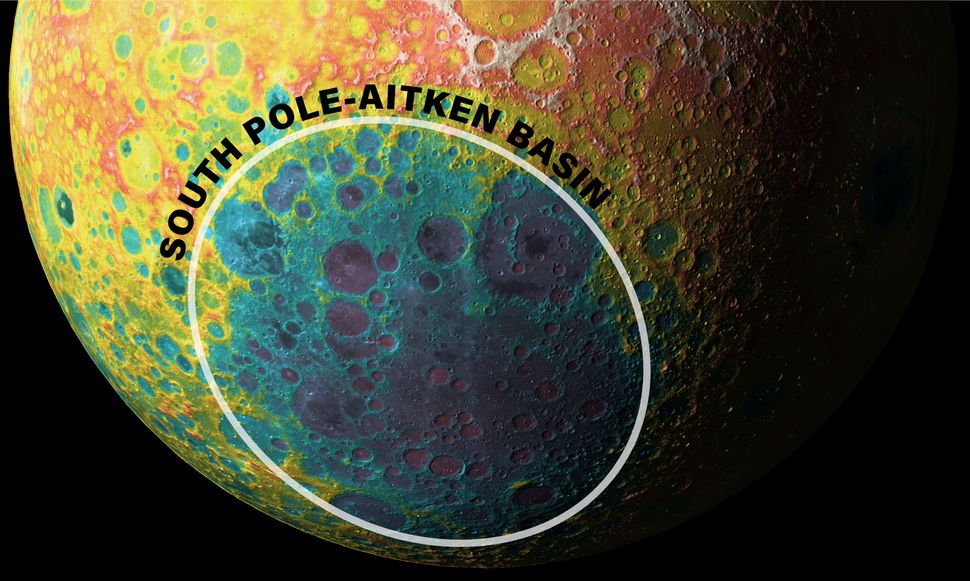
China’s Chang’e 6 mission gearing up for early June landing on moon’s far side (Image Credit: Space.com)
China’s robotic Chang’e 6 sample-return mission to the lunar far side is now in orbit around the moon, gearing up for its landing attempt.
The multi-component spacecraft is scheduled to touch down in early June in the South Pole-Aitken (SPA) basin, a giant impact feature about 1,550 miles (2,500 kilometers) wide.
Chang’e 6 is currently waiting for optimum illumination conditions in the area and scouting out the best landing sites within or around the Apollo basin, which is part of the larger SPA landscape.
Related: China’s Chang’e 6 probe to the moon’s far side has a big lunar mystery to solve
A 53-day mission
Chang’e 6 will put a lander/ascender down on the lunar surface and keep a spacecraft in orbit around the moon. Within 48 hours after touchdown, the lander will extend a robotic arm to scoop rocks and soil from the lunar surface, and its drill will bore into the lunar topside.
Those lunar collectibles will be placed within the ascender for departure from the moon and docking with the orbiter/returner in lunar orbit.
The Chang’e 6 mission will then start its homeward leg. After roughly five days of flight, a return capsule will reenter Earth’s atmosphere and land in the Siziwang Banner region of north China’s Inner Mongolia.
The entire mission will last 53 days, from its May 3 launch to the return to Earth of the sample-containing capsule.

Landing zone
As the largest and oldest impact structure on the moon, the SPA basin is among the highest-priority sites for future lunar exploration and lunar sample return.
One of the candidate landing areas for Chang’e 6 is the “cryptomare” — a stretch of volcanic deposits partially hidden by craters or other features — south of the Apollo basin, termed Region 1.
That area is not only on the landing zone agenda for Chang’e 6: A potential NASA lunar mission, Endurance, is designed to traverse the basin through its center, and also return samples from the area.
Samples collected by these missions would provide critical ground-truth data for assessing the early thermal history of the lunar far side, and their comparison with samples from the lunar near side collected by China’s Chang’e 5 mission and NASA’s crewed Apollo efforts would also help to unravel the causes of the hemispherical asymmetry of lunar mare deposits, scientists say.
You can learn more about the SPA basin and the mysterious geology of the lunar far side in this paper, titled “Lunar Farside South Pole-Aitken Basin Interior: Evidence for More Extensive Central Cryptomaria in the South Pole-Aitken Compositional Anomaly (SPACA).”





